15 Top Nutrient-Dense Vegetables to Eat Daily, According to Nutritionists

Eating nutrient-dense vegetables daily can significantly enhance your overall health. Packed with essential vitamins, minerals, and antioxidants, these powerhouse veggies support your body in myriad ways. Here, according to nutritionists, are 15 top picks that you should consider including in your daily diet.
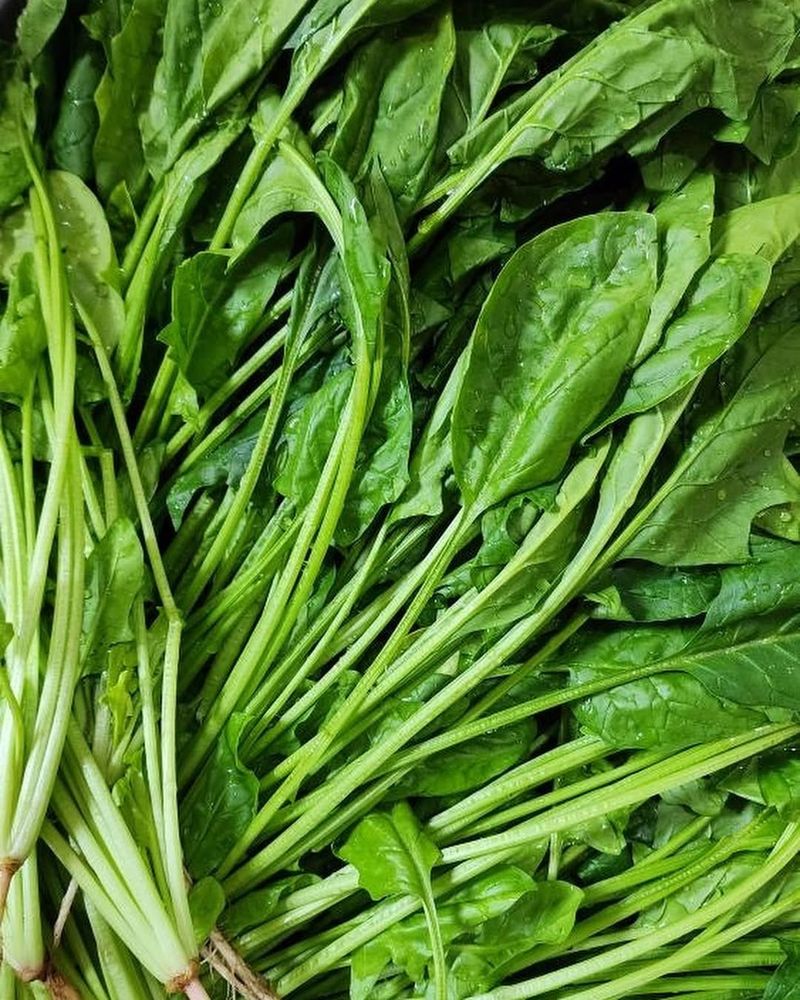
© ruralrisingph 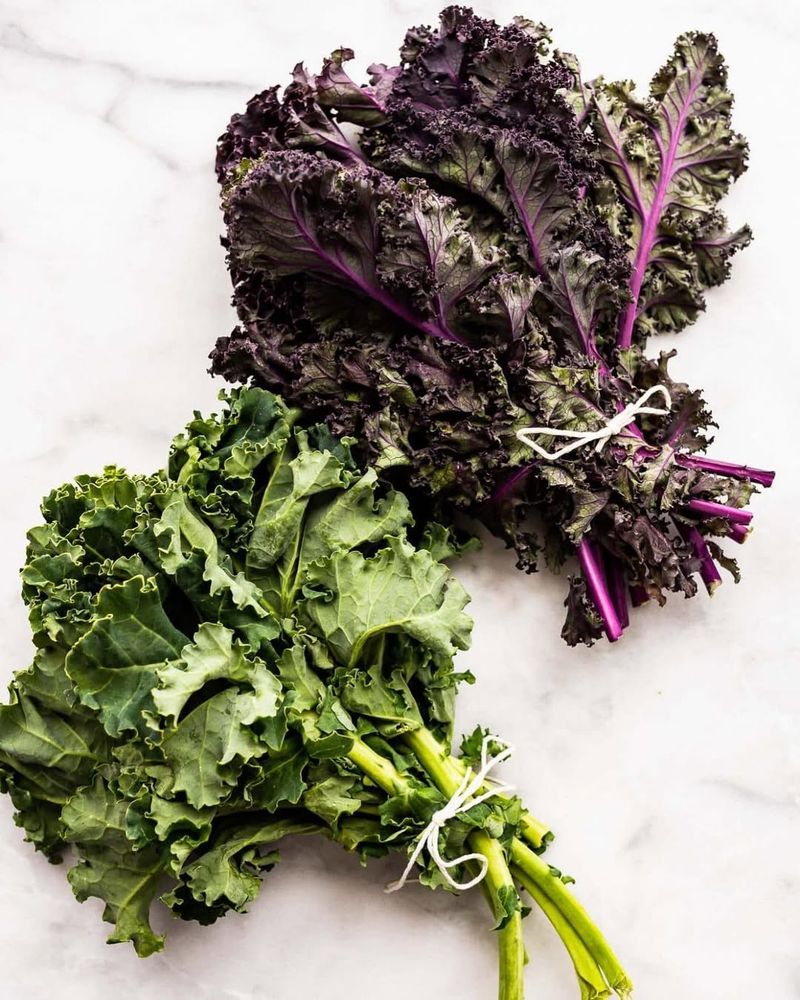
© greenbugsfarm 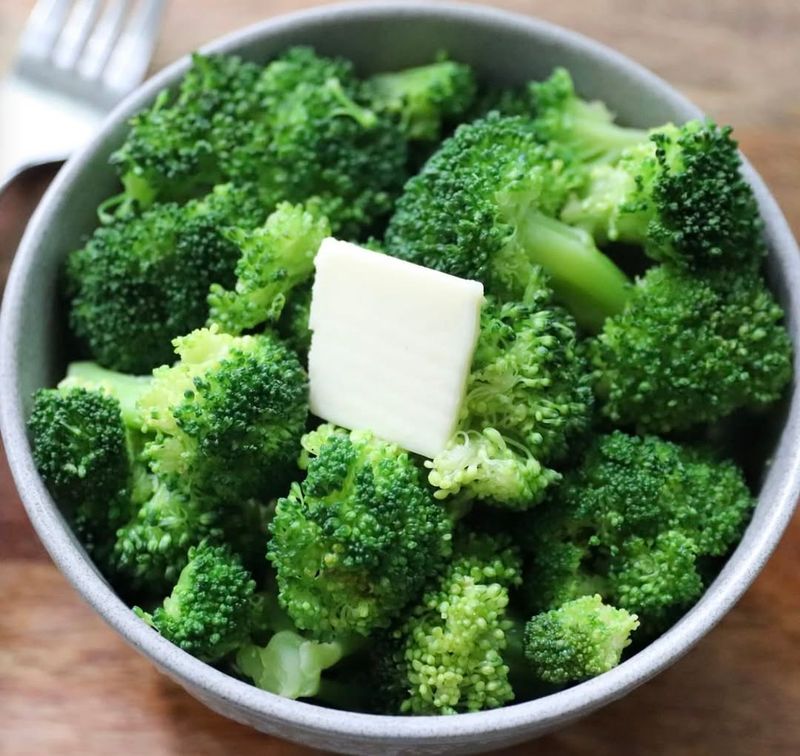
© cookathomemom 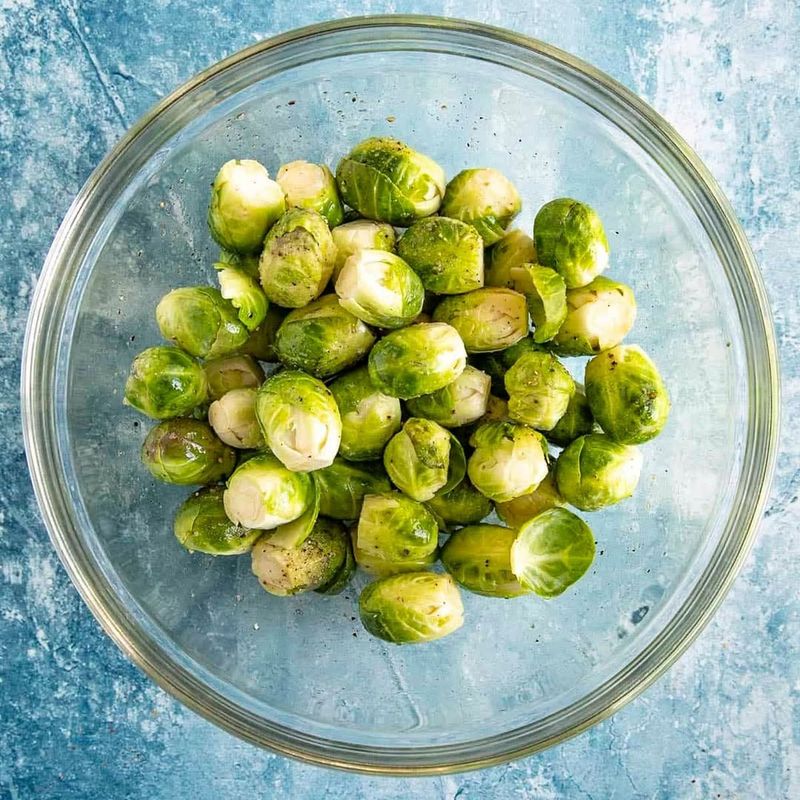
© chilipeppermadness 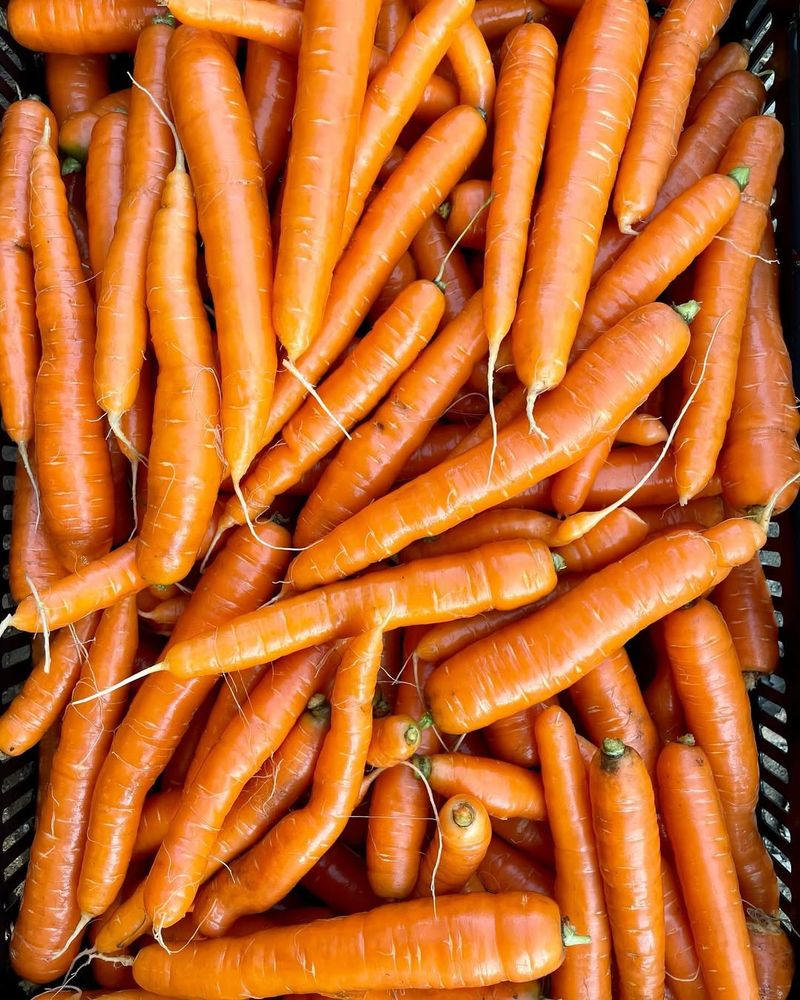
© abenakispringsfarm 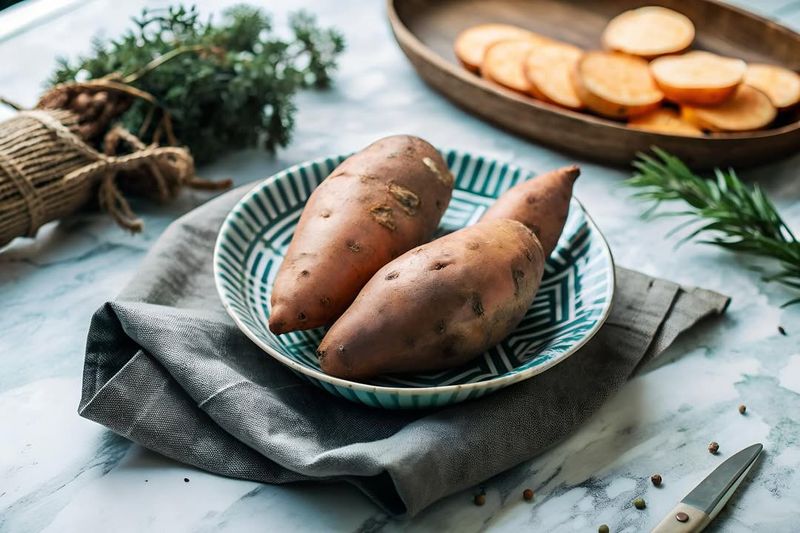
© eventfull.nyc 
© uhartdining 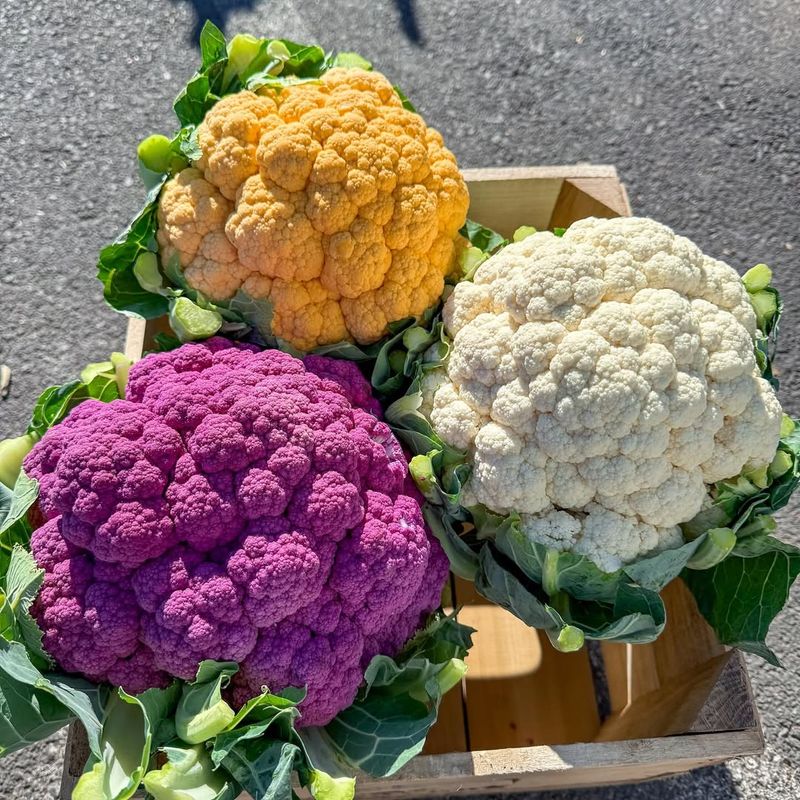
© weaversorchard 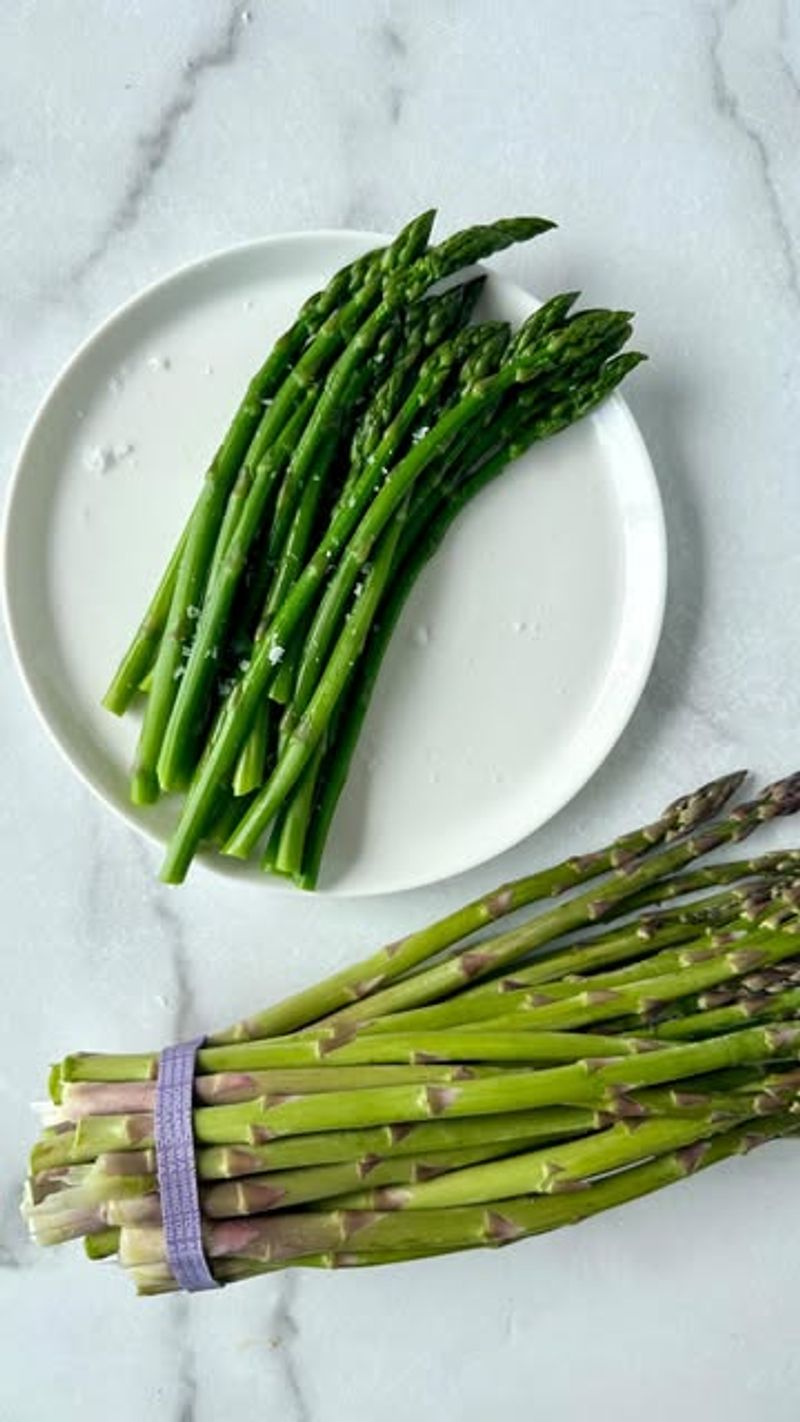
© theproducemoms 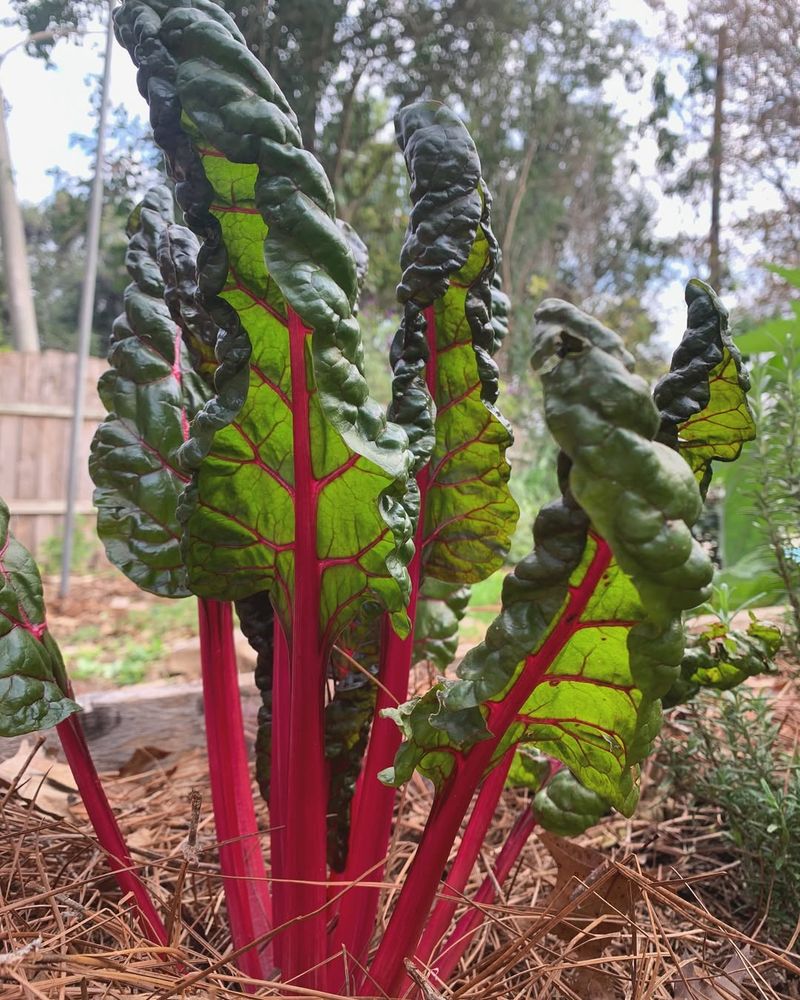
© jmjgrows 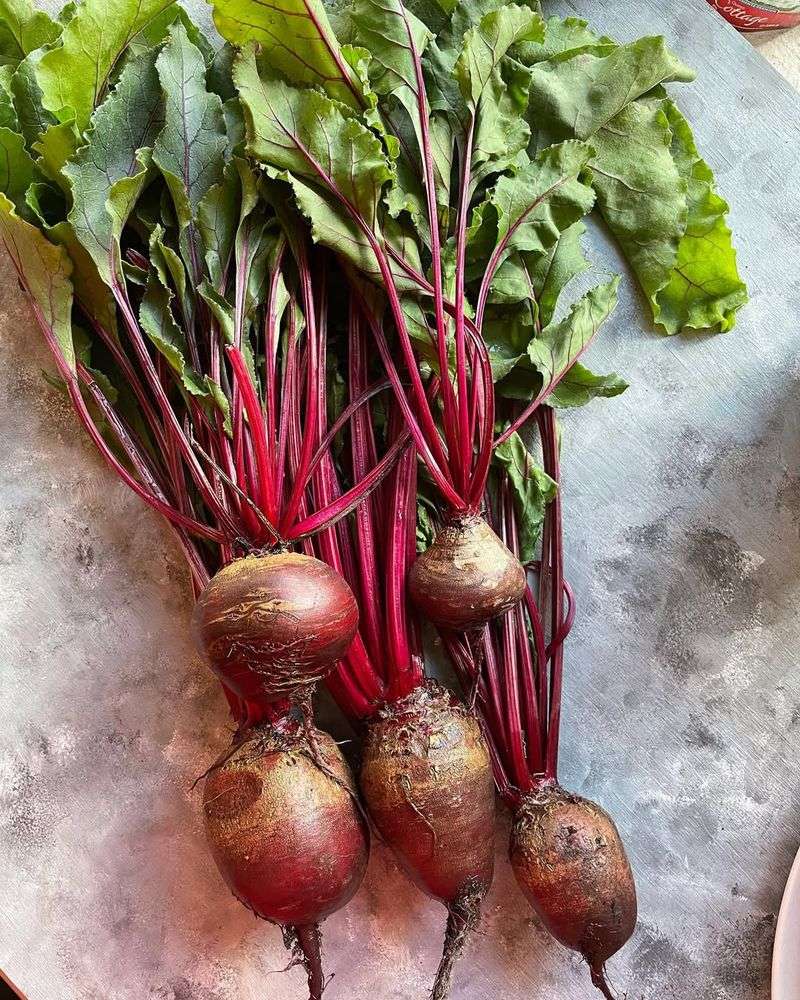
© leelalicious 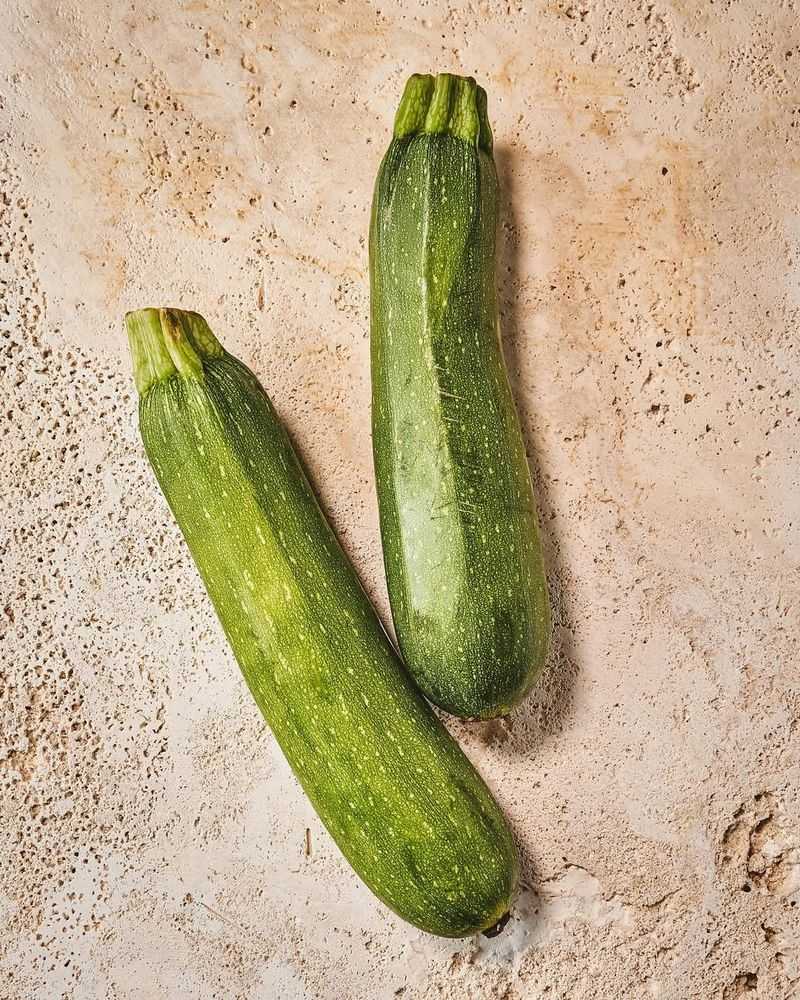
© mylavenderblues 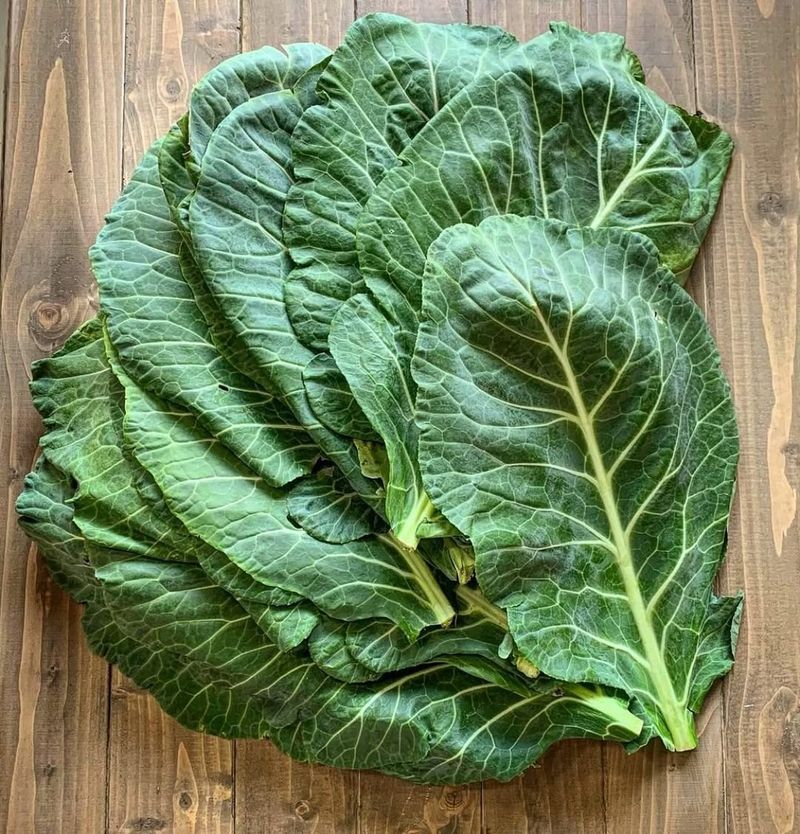
© gmt709 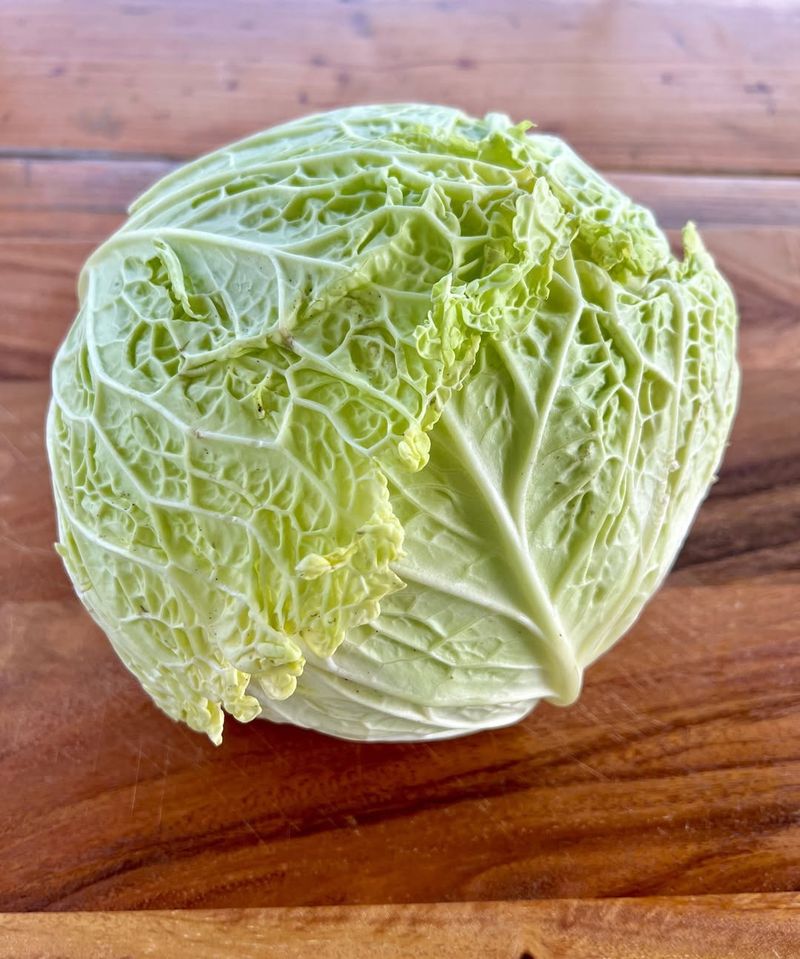
© pcfreshco 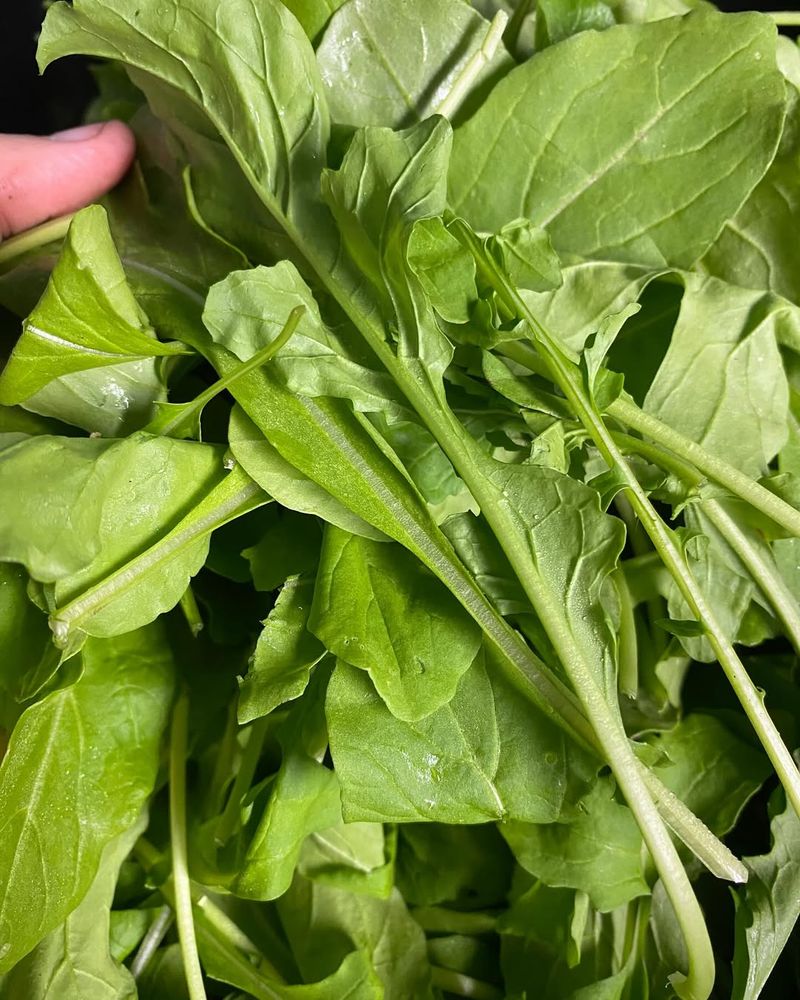
© cotyledonfarm
1. Spinach

2. Kale

3. Broccoli

4. Brussels Sprouts

5. Carrots

6. Sweet Potatoes

7. Bell Peppers

8. Cauliflower

9. Asparagus

10. Swiss Chard

11. Beets

12. Zucchini

13. Collard Greens

14. Cabbage

15. Arugula

